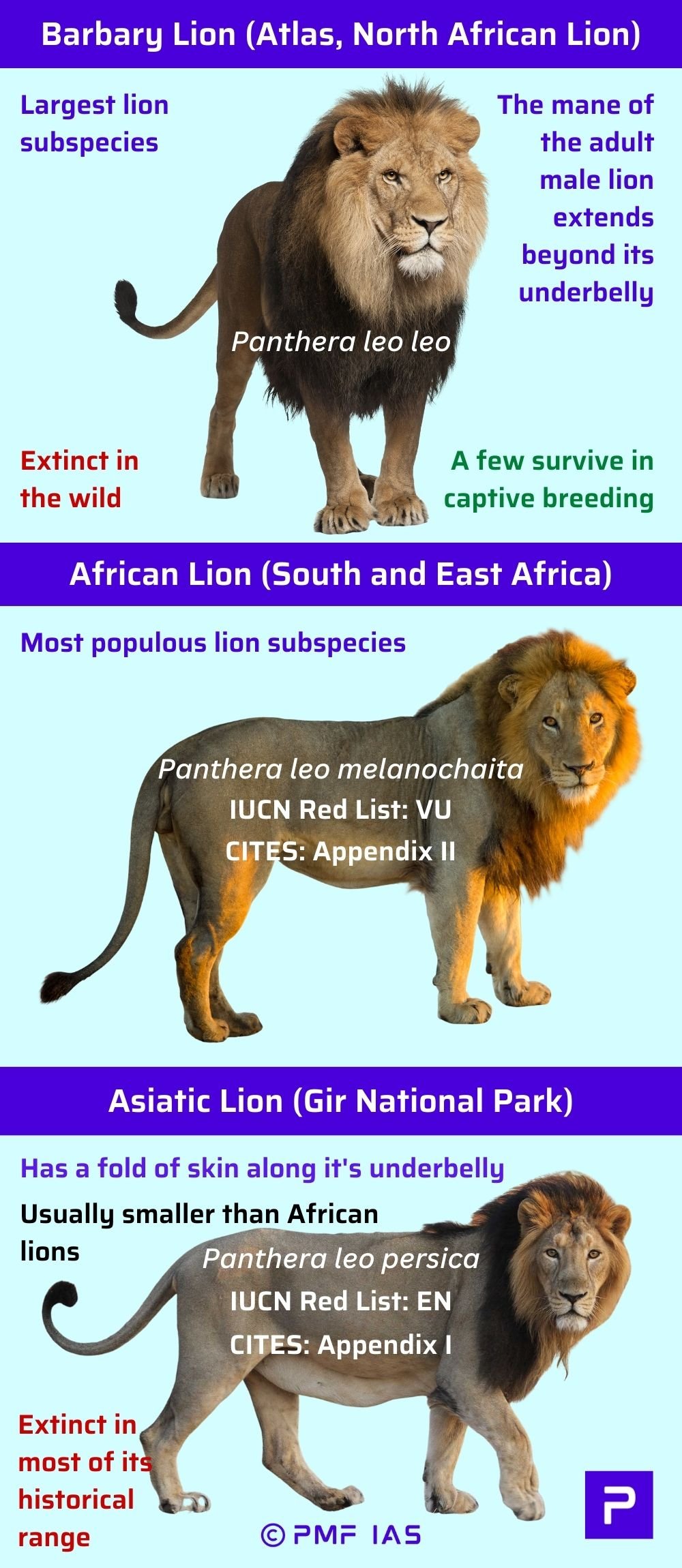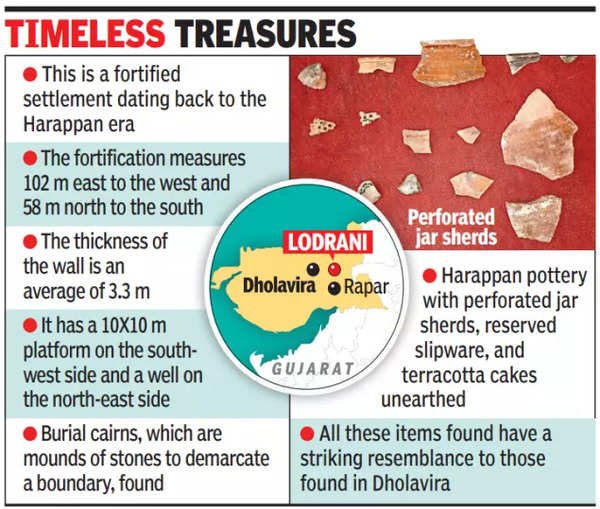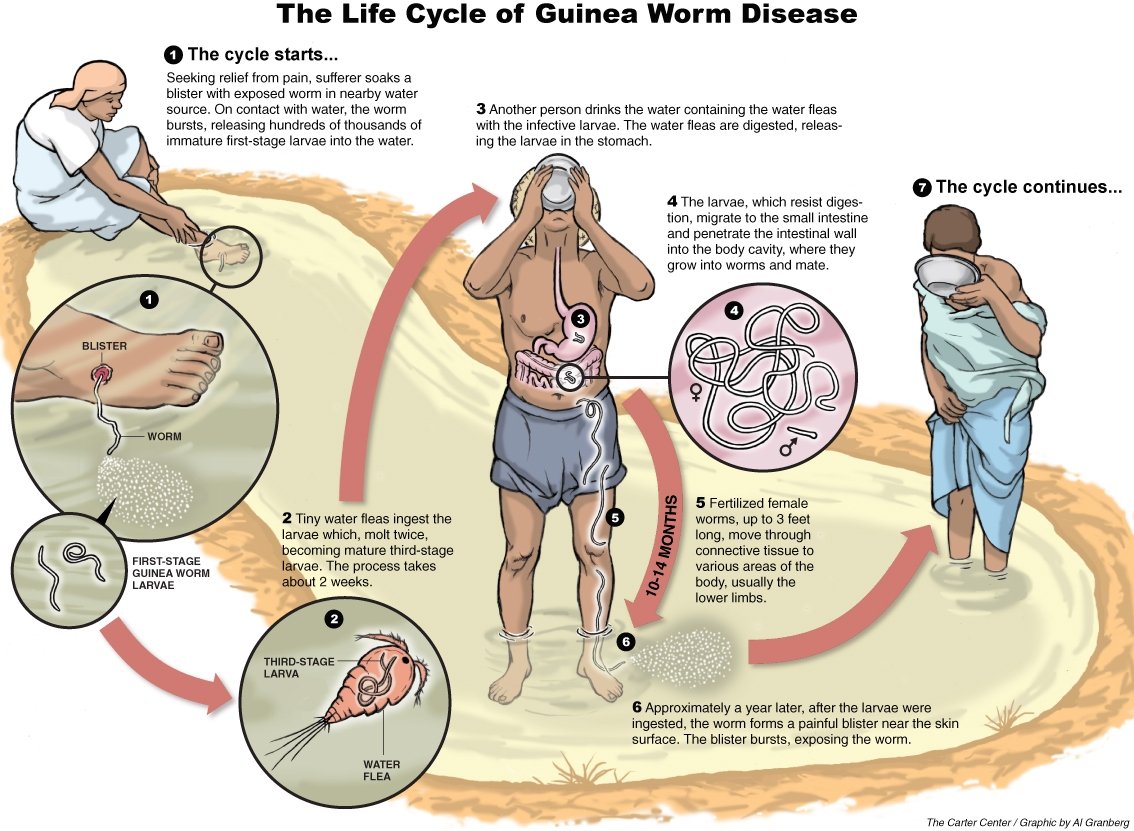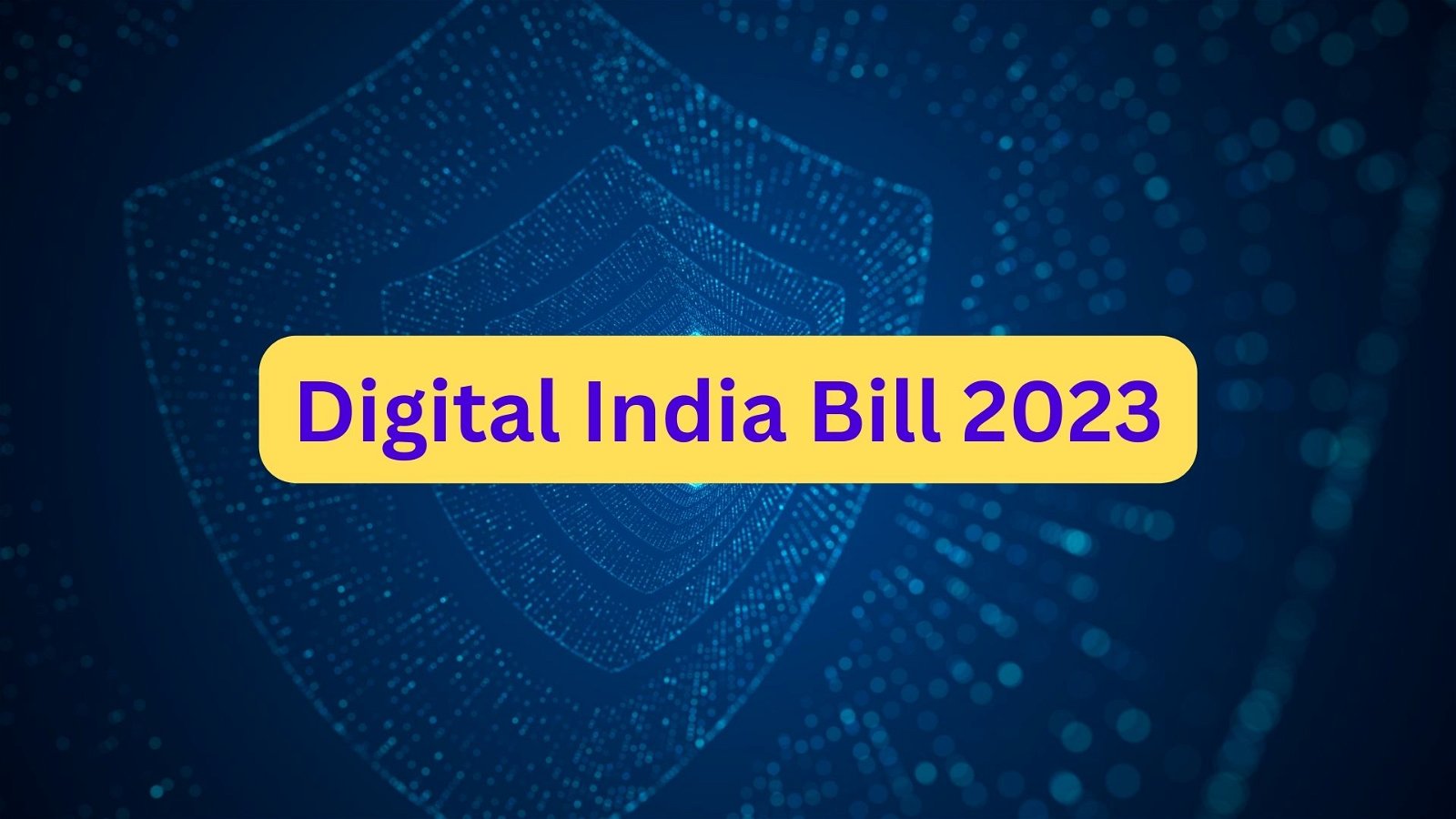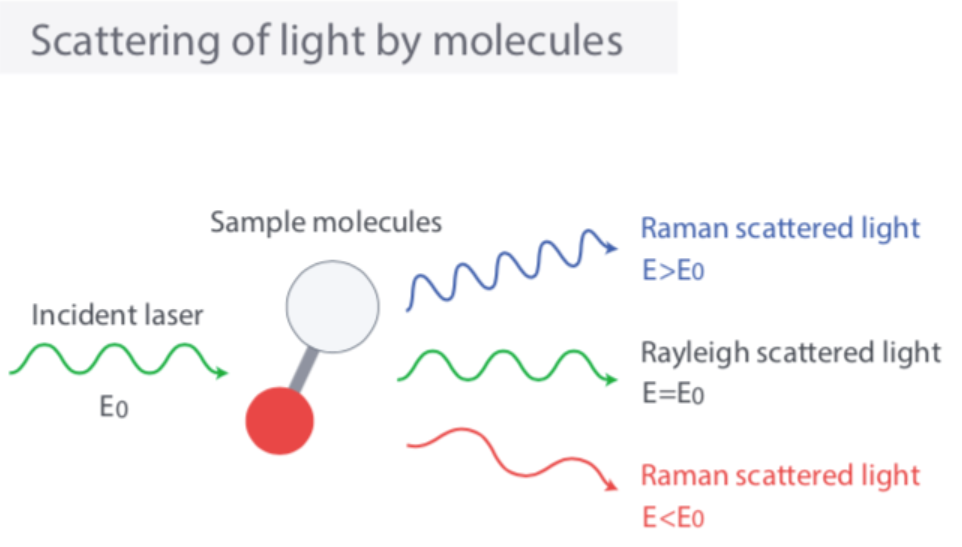
Current Affairs for UPSC Civil Services Exam – April 07-08, 2024
Subscribers of "Current Affairs" course can Download Daily Current Affairs in PDF/DOC
Subscribe to Never Miss an Important Update! Assured Discounts on New Products!
Must Join PMF IAS Telegram Channel & PMF IAS History Telegram Channel
{GS1 – MIH – Freedom Struggle} Provisional Governments in British India
- Context (IE): Political comment that Subhas Chandra Bose, not Jawaharlal Nehru, was India’s first prime minister brought limelight on the Provisional governments in British India.
Azad Hind Government
- Subhas Chandra Bose proclaimed the formation of the Provisional Government of Azad Hind (“Free India”) in Singapore on October 21, 1943.
- Bose was the Head of State of this government and held the foreign affairs and war portfolios.
- A C Chatterjee was in charge of finance, and S A Ayer became minister of publicity & propaganda.
- Lakshmi Swaminathan was given the ministry of women’s affairs.
- Authority: All Indian civilian and military personnel in Britain’s Southeast Asian colonies (primarily Burma, Singapore, and Malaya) under Japanese occupation during World War II.
- Territory claimed: Indian territory that Japanese forces would take, and Bose’s Azad Hind Fauj, de jure control over the Andaman and Nicobar islands in 1943.
- However, de facto military control remained with Japan.
- Citizenship: Indians living in Southeast Asia (30,000 expatriates in Malaya) pledged allegiance to it.
- Recognised by: Axis powers and their satellites including Germany, Japan, Italy, Croatia, China, Thailand, Burma, Manchuria, and the Philippines.
- Immediately after its formation, it declared war on Britain and the United States.
Indian National Army (INA) / Azad Hind Fauj
|
Kabul Provisional Government
- The First Provisional Government of India was formed in Kabul by a group known as the Indian Independence Committee (IIC) in 1915.
- During World War I, Indian nationalists abroad (Germany and US), revolutionaries and Pan-Islamists from India attempted to further the cause of Indian independence with aid from the Central Powers.
- The IIC, with the help of the Ottoman Caliph and the Germans, tried to incite insurrection in India, mainly among Muslim tribes in Kashmir and British India’s northwestern frontier.
- IIC established a government-in-exile in Kabul under the presidency of Raja Mahendra Pratap and the prime ministership of Maulana Barkatullah.
- Barkatullah was also one of the founders of the Ghadar movement, which began in California in 1913 and aimed to overthrow British rule in India along with Lala Har Dayal.
Governments or Symbolic acts of defiance?
- Provisional governments are a way to run resistance movements to gain political legitimacy.
- For example, the Central Tibetan Administration (CTA) in Dharamshala challenged the legitimacy of the Chinese occupation of Tibet.
- Azad Hind Government tried to legitimise armed struggle against the British in international law.
- INA soldiers were claimed to be part of a duly constituted government, not just revolutionaries.
- Citizenship oaths taken by Azad Hind Fauj officers were produced during the 1945-46 Red Fort trials as evidence of the legality of their actions.
- The Kabul provisional government proclaimed to establish the seriousness of IIC’s intentions.
- It hoped to gain the support of the Afghan Emir and Soviets.
Shortcomings to calling them a government
- Both failed to gain widespread international recognition, limited to motives of war.
- After the World Wars (in which the British emerged victorious), this support vanished.
- Both these governments never controlled Indian territory.
- While INA did officially hold the Andamans, effective control was with Japan.
- The Kabul government was a government only on paper until its dissolution in 1919.
{GS3 – Envi – Conservation} Green Credit Programme
- Context (TH): Ten States have identified parcels of degraded forest land available to earn green credits.
- Chhattisgarh and Madhya Pradesh alone account for up to 40% of these lands.

Green Credit Programme and Rules 2023
- These rules are notified under the Environment Protection Act 1986.
- Objective: To incentivise environmentally positive actions through market-based mechanisms and generate green credit, which shall be tradable on a domestic market platform.
- Administered by: Indian Council of Forestry Research and Education, a Society registered as an autonomous body under the Ministry of Environment, Forest and Climate Change.
- ICFRE will be responsible for the issuance of Green credits, maintaining a green register, establishing a trading platform, and other related activities.
- The Green Credit shall be calculated at the rate of one Green Credit per tree growing through the tree plantation on such land parcel, subject to a minimum density of 1100 trees per hectare.
- Initially, voluntary tree plantation is envisaged for degraded land, wasteland, watershed area, etc.
- Under the scheme, registered and approved entities can pay to finance afforestation projects.
- State forest departments will carry out the actual afforestation.
- The generation of Green Credit under the Green Credit Rules, 2023, is independent of the carbon credit under the Carbon Credit Trading Scheme, 2023.
- After two years of planting, trees will be evaluated by the ICFRE for eligibility as Green credit.
- Companies that have diverted forest land for non-forest purposes can use these green credits to offset some of their obligations under India’s compensatory afforestation laws.
For more details, visit > Green Credit Programme.
{GS3 – IE – Banking} Weakening Rupee against US Dollar
- Context (ET): Why is the rupee at an all-time low when all economic indicators are favourable?
- The answer is that the dollar is strengthening, and as a result, the rupee is weakening.
- It is not necessarily weakening against everybody. It is only weakening against the dollar.
Reasons why the US dollar is strengthening
- The dollar index measures the relative performance of the dollar against 6 major currencies of the world.
- It includes the euro, Japanese yen, British pound, Canadian dollar, Swedish krona, and Swiss France.
- When the US Dollar Index strengthens against these currencies, it often leads to a weaker Indian Rupee (INR) against the US dollar.
- The prime reason for this was the US Fed’s increasing interest rates.
- All investors worldwide take money from their current investments and invest in a US federal bank because investing in a Federal bank is considered the safest investment in a difficult situation.
Other External Factors
- Elevated gold and crude oil prices due to heightened geopolitical tensions in the Middle East and between Ukraine and Russia impact India’s import bill, thus putting additional downside pressure on the domestic currency.
- The weak Chinese yuan will depreciate other Asian currencies, such as the rupee.
{GS3 – IE – Industry} Semiconductor manufacturing terms
- Context (PR): Various aspects related to semiconductor technology and manufacturing.
Semi conductor chip
- A semiconductor is between a conductor (conducts electricity) and an insulator (does not).
- It’s a weak conductor of electricity in its purest form.
- Adding dopants can change their electrical properties.
- Pure semiconductors with dopants are used to make important circuit components like diodes and transistors.
Transistor
- The transistor is a versatile device made from a semiconductor. It acts as an electronic switch.
- A semiconductor chip can contain millions or billions of these switches. They work together to perform logical and computational operations.
- Transistors can also function as amplifiers (to amplify the weak signal received by your cell phone). So, they’re crucial in circuits for high-frequency signals, like in wireless communication.
Fabrication technology
- Fabrication technology in semiconductor manufacturing refers to the process of creating semiconductor devices, such as integrated circuits, on semiconductor wafers.
- It involves a series of steps, including lithography, etching, deposition, and doping, to create intricate patterns and structures on the wafer surface.
Wafer
- It refers to a thin, flat slice of semiconductor material, typically made of silicon.
- Wafers serve as the substrate on which semiconductor devices, such as integrated circuits, are fabricated.
- A larger wafer size allows more chips to be printed on a single wafer, which speeds up and lowers chip production costs.
- Wafer sizes used in the industry have constantly been increasing. The current state of art is 300mm, which is approximately 12 inches (this refers to the diameter of the wafer).
- Efforts are ongoing to move to a 450mm wafer size.
India & Semiconductor Manufacturing
- With supply chain disruptions during the pandemic and recent geopolitical tensions, many companies and countries, including India, have realised the importance of investing in chip manufacturing infrastructure.
- The TATA group has partnered with Taiwan’s Powerchip Semiconductor Manufacturing Corporation (PSMC) to set up a 300mm wafer fabrication plant in Gujarat. It will roll out its first 28nm chip in 2026.
- The government of India also recently approved two assembly and test plants in Gujarat and Assam.
To know more about Semiconductor & its manufacturing in India, visit > What is a semiconductor?
{GS3 – S&T – Space} Total Solar Eclipse
- Context (IE | HT): On April 8, a total solar eclipse will cross North America, passing over Mexico, the United States, and Canada.

What is an Eclipse?
- An eclipse occurs when one body passes in front of and obscures another body.
- In general, an eclipse typically refers to the Sun being blocked by the Moon (a solar eclipse) or the Earth blocking the Sun (a lunar eclipse).
- In order for this to occur, the three bodies (Sun, Moon, and Earth) have to be in a nearly perfectly straight line.

Solar Eclipse
- A solar eclipse is an astronomical phenomenon where the Moon passes between the Earth and the Sun and blocks the Sun’s light either entirely or partially.
- The Moon blocks the light of the Sun, either fully or partially, which casts a huge shadow on some parts of the world.
- When the moon completely covers the sun, it casts a shadow on Earth, forming what is called a “path of totality.” This path is a relatively narrow band that moves across the surface.
|
Types of Solar Eclipse
![Burning Issues] Eclipses This Year - Civilsdaily](http://pmfias.b-cdn.net/wp-content/uploads/2024/04/Picture-9.jpeg)
- Partial solar eclipses occur when the Moon only partially obscures the Sun’s disk and casts only its penumbra on Earth.
- Annular solar eclipses take place when the Moon’s disk is not big enough to cover the entire disk of the Sun, and the Sun’s outer edges remain visible to form a ring of fire in the sky.
- An annular eclipse of the Sun takes place when the Moon is near apogee, and the Moon’s antumbra falls on Earth.
- Total solar eclipses happen when the Moon completely covers the Sun, and it can only take place when the Moon is near perigee, the point of the Moon’s orbit closest to Earth.
- One can only see a total solar eclipse if he is in the path where the Moon casts its darkest shadow, the umbra.
- Hybrid Solar Eclipses, also known as annular-total eclipses, are the rarest type.
- They occur when the same eclipse changes from an annular to a total solar eclipse, and/or vice versa, along the eclipse’s path.
What happens during a solar eclipse?
- The Moon casts two shadows – a lighter, outer shadow known as the penumbra and a darker, inner shadow known as the umbra.
- Eclipse viewers located in the larger penumbra shadow will only witness a partial solar eclipse.
- The closer to the umbra (the darker, inner shadow of the Moon), the more of the Sun that is obscured and the longer the partial eclipse.
What can be observed during a solar eclipse?
Corona
- Corona is the outermost layer of the Sun’s atmosphere.
- The corona is made up of ionized gas called plasma, with its temperatures upto many millions of degrees.
- The corona is visible to the naked eye only during a total solar eclipse.
Solar Chromosphere
- The part of the edge of the Moon looks like it is highlighted by a very thin, deep-red crescent.
- This glowing red feature is the lower portion of the Sun’s atmosphere, which is known as the chromosphere. Named for its stark colouration, the chromosphere is approximately 10,000 degrees Celsius and is comprised of hydrogen gas emitting its distinctive red colour.

Prominences
- Immediately after the diamond ring and during totality, Prominences may be seen.
- They appear as pink fiery features extending out from the black disc of the moon, held in place by the Sun’s magnetic field.
- They are actually giant gaseous extensions from the Sun.

Bailey’s Beads
- Bailey’s Beads are named after English astronomer Francis Baily, who is credited as the first person to describe them after seeing an annular eclipse in 1836.
- The beads are due to the irregularities on the Moon’s surface that allow slight portions of the Sun’s surface (the photosphere) to shine through.
- The beads are typically most visible along the edge of the path of totality but can sometimes be observed in the few seconds before and after totality.

Diamond Ring
- The Diamond Ring effect occurs during the few seconds before and after totality while an extremely small fraction of the Sun’s photosphere is still visible.

How often does a solar eclipse takes place?
- A solar eclipse is witnessed only during the new moon — when the Moon and Sun are aligned on the same side of Earth.
- Although a new moon occurs about 29.5 days (the time taken by the Moon to orbit Earth), a solar eclipse takes place only two to five times annually. But why?
- It is because the Moon does not orbit Earth in the same plane as the Earth orbits the Sun.
- The Moon is tilted by about five degrees with respect to Earth. As a result, most of the time when the Moon is in between the Sun and Earth, its shadow is either too high or too low to fall on the Earth.
Total Solar Eclipse
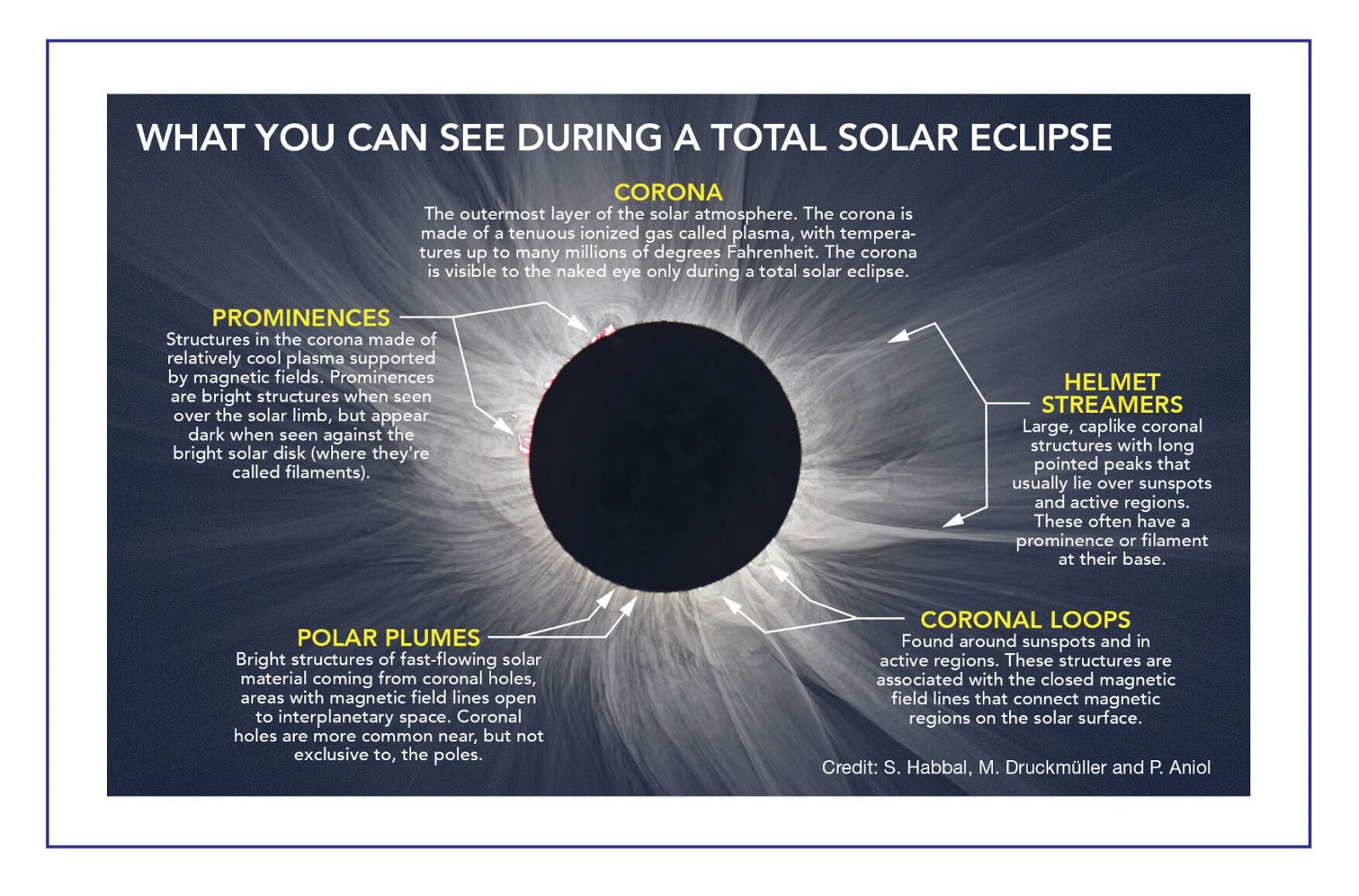
Factors affecting the duration of total solar eclipse
Distance of the Moon from Earth
- The closer the Moon is, the larger it will appear in the sky, and the longer it will be able to cover the Sun.
- If the Moon is near its farthest point from Earth (apogee), totality is not possible because the Moon is too small to completely cover the Sun.
Distance of the Earth from the Sun
- The farther Earth is from the Sun, the smaller it will appear, and the easier it will be for the Moon to cover the solar disk.
Location of the observer in the umbra
- If one is near the center of the path of totality, the widest part of the shadow passes over and totality is longer.
- If one is near the edge of totality, then there may be only a few seconds of total eclipse.
- If one is near where the umbra shadow just comes into contact with the Earth, totality will be very short due to the shadow racing over the curved surface of the planet.
Why is a total solar eclipse so rare?
- While there can be between two and five solar eclipses every year, total eclipses only happen about once every 18 months or so and a particular spot on Earth witnesses a total solar eclipse only once in 400 years.
- This is because a total eclipse is only visible if one is standing in the umbra — the other part of the shadow is called the penumbra, which is not as dark as the umbra.
- The umbral shadow is very small, covering only a small part of Earth. In fact, the entire path of the umbral shadow during a solar eclipse will only cover less than one per cent of the globe.
{GS3 – S&T – Tech} Sodium-ion (Na-ion) batteries
- Context (LM): The idea of making sodium-ion ( Na-ion) batteries at scale is gaining traction.
- CATL, a Chinese battery manufacturer, the world’s largest maker of Li-ion vehicle batteries, 2021 announced the world’s first sodium battery for electric vehicles.
Drawbacks of Lithium-ion (Li-ion) batteries
- Lithium is scarce.
- The best Li-ion batteries need cobalt and nickel, which are also scarce.
- Cobalt is problematic as much of it comes from the Democratic Republic of Congo with poor working conditions.
- Another type of Li-ion battery called polyanionic design uses lithium iron phosphate (LFP). LFP batteries don’t need nickel or cobalt. However, they can’t store as much energy per kilogram as batteries with layered-oxide cathodes.
Why Sodium-ion (Na-ion) batteries?
- Sodium is abundant, mainly found in ocean salt.
- Layered-oxide cathodes using sodium instead of lithium can function without cobalt or nickel.
- This discovery by chemists offers a potential alternative for battery manufacturing.
- It eliminates the need for scarce and sometimes problematic metals like cobalt and nickel.
Why Sodium was not preferred to lithium?
- A sodium battery will be bigger and heavier than a lithium one of the same capacity.
- Small size and low weight are crucial for phones and are desirable in cars.
- However, sodium batteries can be used for grid-scale storage, home storage, and heavy transport, such as lorries and ships.
{Prelims – In News} Indian Post offices in Antarctica
- Context (IE): After almost four decades, the Department of Posts has opened a second branch of the post office at Bharati research station in Antarctica.
- A new PIN code, MH-1718, has been assigned to letters meant for Antarctica.
- In 1984, India set up its first post office in Antarctica at Dakshi Gangotri (its first scientific base). Dakshin Gangotri was submerged in ice in 1988-89 and decommissioned.
- On January 26, 1990, a post office branch was established at India’s Maitri research station in Antarctica.
- India’s two research bases in Antarctica (Maitri and Bharati) are located 3,000 km apart.
- Letters meant for the post office in Antarctica are sent to the National Centre for Polar and Ocean Research (NCPOR, nodal agency for polar expeditions) in Goa.
- When a scientific expedition to Antarctica leaves from NCPOR, a researcher carries the letters.
- At the research base in Antarctica, the letters are ‘cancelled’ to deface the stamps and prevent reuse.
Strategic Reason to Have Postal Office in Antarctica
- Antarctica is governed by the Antarctic Treaty, which prohibits territorial claims, military activity, and nuclear testing. This treaty emphasises that the continent is solely for scientific exploration.
- Having an Indian post office in Antarctica serves a strategic purpose by asserting India’s presence on the continent, which wouldn’t be possible otherwise.
|
To know more about the Antarctica Treaty,visit > Antarctica Treaty
{Prelims – In News} Nimmu-Padam-Darcha road
- Context (TH): The Border Road Organisation (BRO) is building the road in Ladakh.
- It allows surface movement from Leh to Lahaul-Spiti.
- It will pass through the world’s highest tunnel at Shinku La Pass at 16,580 feet.
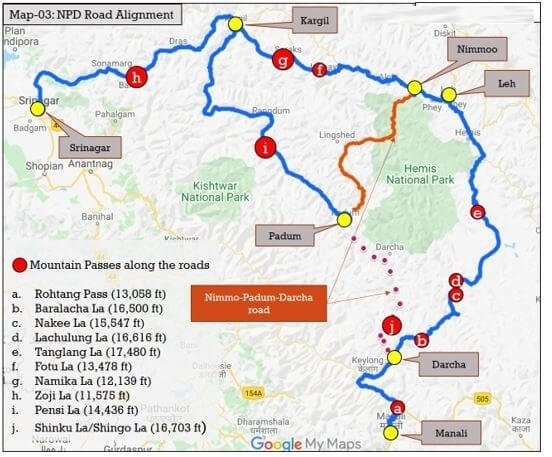
- The road will be the first all-weather road connecting Ladakh to the rest of the country.
- It is the third axis (the third road) and the shortest route to Manali (Himachal Pradesh).
- This is strategically important as China has already developed all-weather road networks close to the Line of Actual Control (LAC).
- Such roads are crucial in maintaining logistics during harsh winters.
- Locals, including climate activist Sonam Wangchuk, are concerned about the impact on the culture and ecosystem of Zanskar due to the road.
Zanskar Range
|





![PMF IAS Environment for UPSC 2022-23 [paperback] PMF IAS [Nov 30, 2021]…](https://pmfias.b-cdn.net/wp-content/uploads/2024/04/pmfiasenvironmentforupsc2022-23paperbackpmfiasnov302021.jpg)



